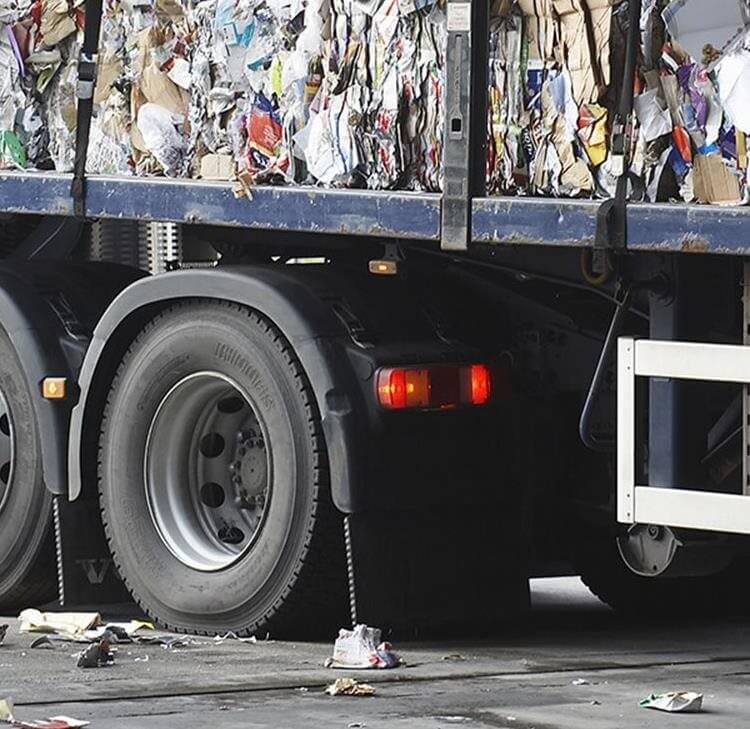Coronavirus Job Retention Scheme – update
On Friday 29 May, the Chancellor Rishi Sunak set out a number of changes to the Government’s Coronavirus Job Retention Scheme, under which approximately a quarter of the UK’s workforce has been furloughed since its inception in March.
Please note: the information contained in this legal update is correct as of the original date of publication
On Friday 29 May, the Chancellor Rishi Sunak set out a number of changes to the Government’s Coronavirus Job Retention Scheme, under which approximately a quarter of the UK’s workforce has been furloughed since its inception in March.
Earlier in May, the Chancellor confirmed that the CJRS would be extended to the end of October, but that over time the level of support offered by the scheme would be decreased with employers expected to contribute more to the wages of furloughed workers.
The latest announcement confirmed this and provided some more detail on the changes. We have set out the key amendments below:
- From August, employers will have to pay national insurance contributions and pension contributions;
- From September, employers will have to contribute 10% of wages under the scheme (plus national insurance contributions and pension contributions), with the Government contributing the remaining 70%;
- From October, employer wage contributions will increase to 20%;
- The scheme will close to new entrants from 30 June. That means that the final date on which an employee can be furloughed for the first time will be 10 June (in accordance with the current three-week minimum furlough period);
- From 1 July, the scheme will only be available to employers who have already used it in respect of employees who they have previously furloughed;
- From 1 July, employees can be furloughed on a part-time basis allowing them to carry out some work for their employer (which is currently not permitted), whilst still being able to claim under the scheme for their normal hours which are not worked. It is for employers and employees to agree their working arrangements in writing;
- For employees who are furloughed on this new flexible basis, employers will need to report and claim for a minimum period of one week. Employers can claim the grant for the hours their employees are not working, which is calculated by reference to their usual hours worked in a claim period;
- For hours worked, employees should be paid as normal under the terms of the employment contract.
- From 1 July, claim periods can no longer overlap calendar months.
Further and more detailed guidance is expected to be published on 12 June. In the meantime, as per our previous guidance, we would advise clients to take preliminary steps to identify how their business might utilise the scheme going forward (bearing in mind the need to have furloughed staff by 10 June to access the revised scheme) and consider whether it can begin to bring employees back to work, either full or part time.
Employers should also consider whether they can feasibly continue to top up employees’ salaries (if they are doing so) for an extended period, or whether they will be in a position to begin contributing to the scheme after August. Employers who may struggle to do so will need consider different alternatives including lay-off, short term working or potential redundancies.
If you have any queries in respect of this scheme or need advice in respect of managing changes in your workforce, please contact Jennifer Jenkins.
Contact

Mark Hickson
Head of Business Development
onlineteaminbox@brownejacobson.com
+44 (0)370 270 6000








































